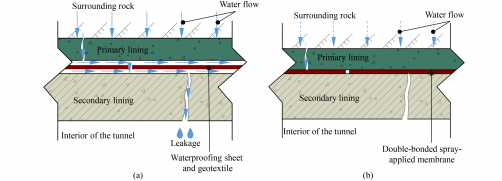NASA is poised for significant changes as it contemplates its leadership and the pathway to landing astronauts on the moon by the end of this decade. The agency faces mounting challenges, and the upcoming year promises to test its resolve and strategic direction. According to Casey Dreier, chief of space policy at the nonprofit Planetary Society, “There’s a lot left up in the air, though the signs are more positive than I would have said a couple of months ago.”
One pressing issue is the leadership at NASA. On his first day in office, former President Donald Trump nominated tech billionaire Jared Isaacman as NASA’s administrator. However, in May, Trump withdrew the nomination amid tensions involving SpaceX founder Elon Musk. Recently, Isaacman’s nomination was revived, while Transportation Secretary Sean Duffy served as the acting administrator, reportedly making his own case for the position.
Isaacman, who has launched his own space program and participated in two privately funded orbital flights, received favorable reviews during his initial Senate confirmation hearing in April. Dreier anticipates Isaacman’s second hearing, yet to be scheduled, will likely yield a positive outcome as well. “A lot of people see that…having someone who doesn’t dislike the agency that they want to run is actually not bad,” he noted.
Challenges lie ahead for Isaacman, particularly following the leak of a 62-page report that outlines his vision for NASA, known as Project Athena. The leaked document proposes transferring some responsibilities for space science missions from NASA to commercial entities, suggesting a withdrawal from “taxpayer-funded climate science” and leaving such research to academia.
This approach aligns with the Trump administration’s budget priorities, but it may clash with congressional members whose districts benefit from funding for NASA’s heavy-lift Space Launch System and the Gateway lunar outpost. The report also questions the relevance of various NASA centers, including the Jet Propulsion Laboratory, which oversees numerous robotic space exploration missions.
In response to the backlash from the leak, Isaacman clarified on the social media platform X that the draft was written prior to his initial nomination withdrawal and that “parts of it are now dated.” He emphasized that his plan did not favor any vendor or recommend closing centers unnecessarily. Isaacman stated that the report aimed to position NASA, international partners, and the commercial sector for long-term success.
Dreier expressed support for certain ideas in Project Athena, particularly the importance of nuclear electric power in advancing NASA’s objectives. He remarked, “I really think nuclear electric power is incredibly important, probably the most important legacy if he’s able to move that through.” He also noted that Isaacman’s non-partisan approach could facilitate his Senate confirmation, provided he addresses concerns raised by lawmakers.
Should Isaacman secure confirmation, he will face a complex landscape in space policy, reminiscent of the challenges depicted in “The Empire Strikes Back.” Dreier highlighted key concerns, particularly regarding SpaceX’s dominant role in U.S. space efforts, including lunar missions. “If you frame this as a national space race, we have therefore put our nation’s reputation and goals in the hands of literally one company,” he stated.
Additionally, Dreier cautioned against narrowing NASA’s focus to only a few celestial bodies at the expense of broader scientific exploration. He pointed out, “There are way more opportunities for engineers, there are way fewer opportunities for scientists,” questioning how NASA will maintain its commitment to scientific inquiry alongside commercial interests.
As NASA navigates these leadership changes and policy shifts, the outcomes will not only shape its lunar ambitions but also define the future of U.S. space exploration. The coming months will be critical as the agency strives to balance innovation, funding, and scientific integrity in an increasingly competitive landscape.







